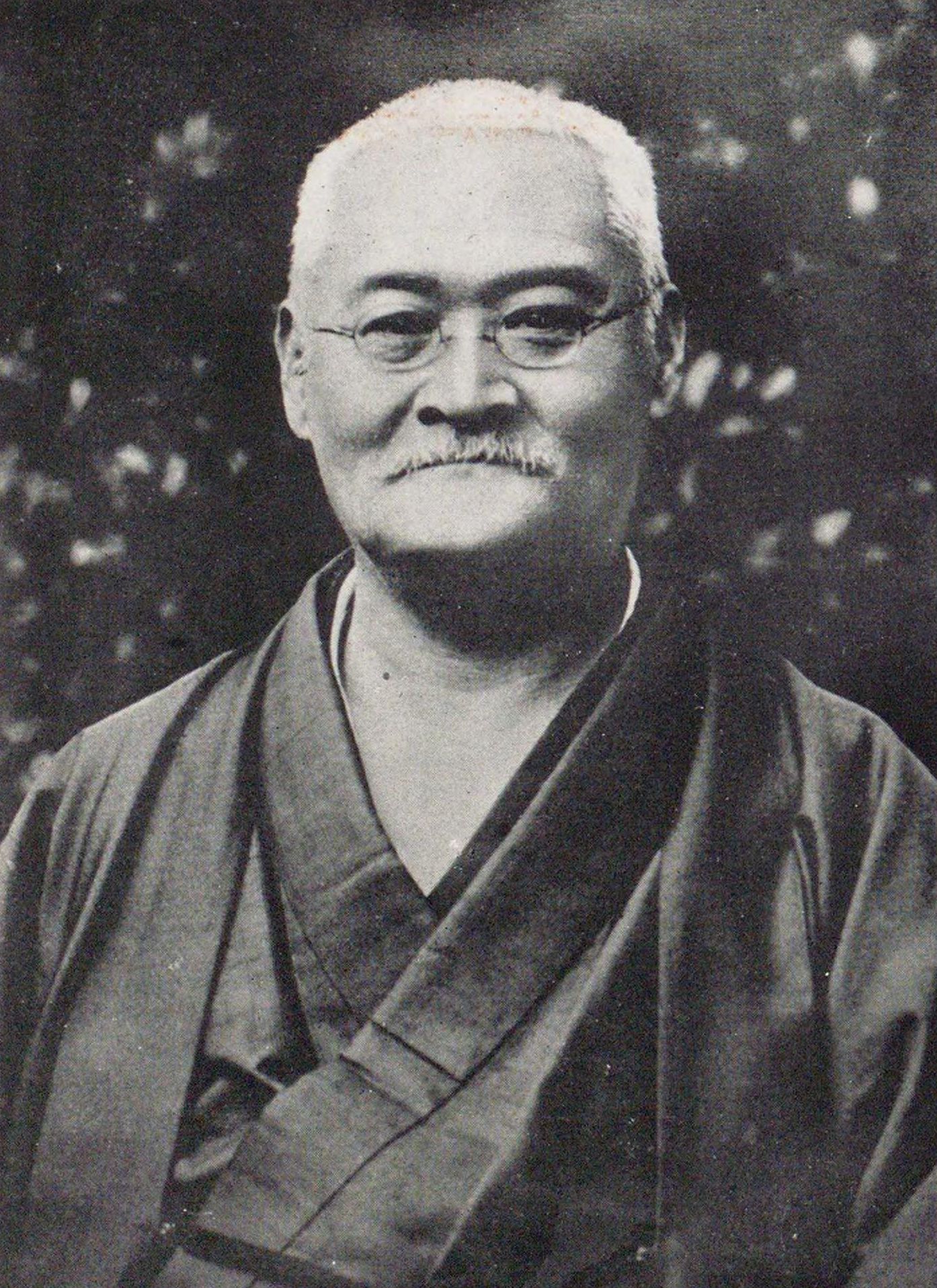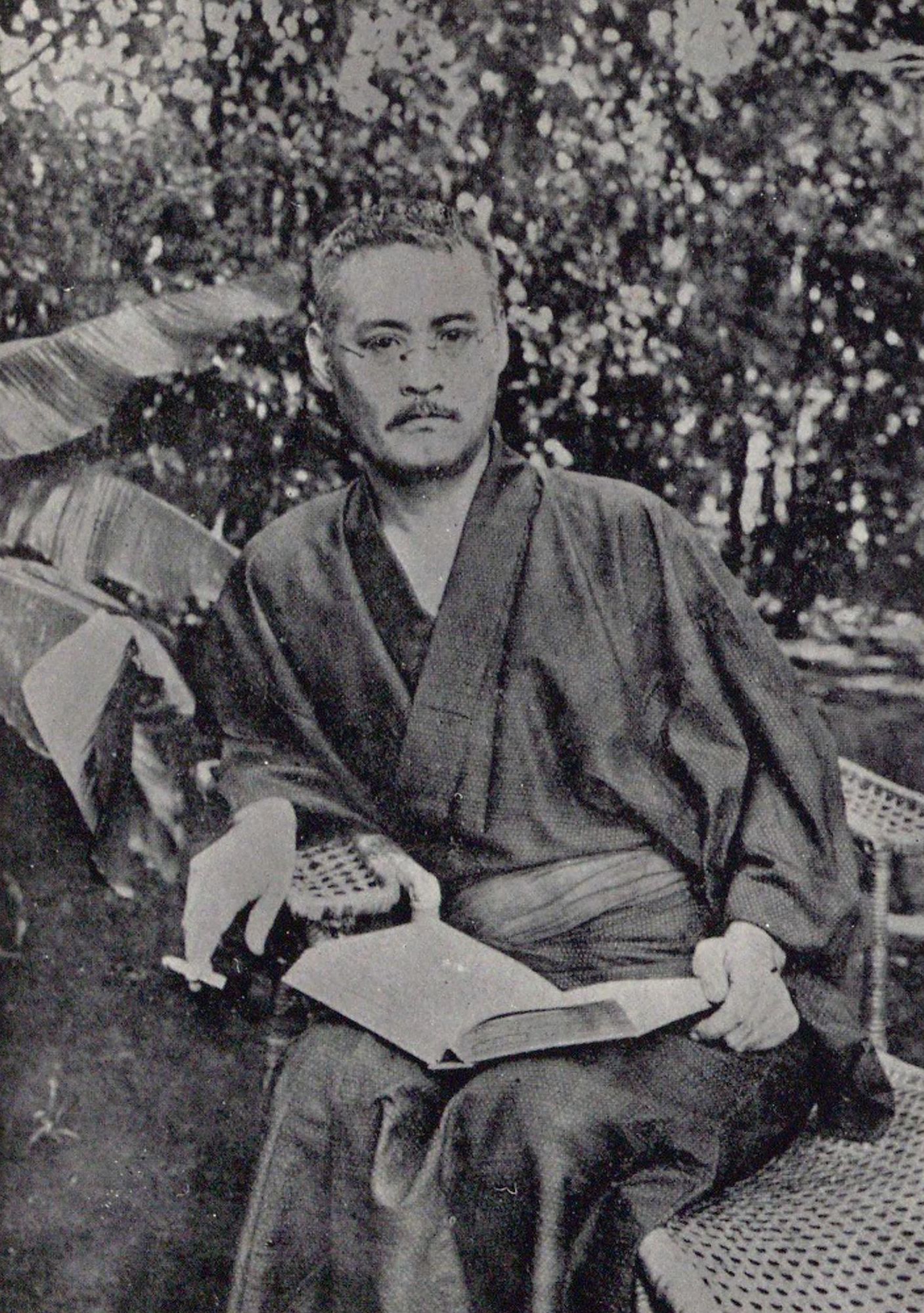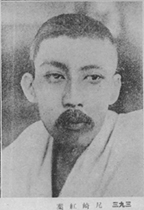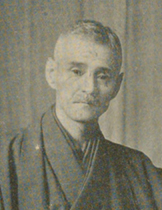TAYAMA Katai
- Date of Birth and Death
- January 22, 1872 - May 13, 1930
- Birthplace (modern name)
- Gunma
- Occupation, Status
- Literary Figure
Description
Novelist. Born into a samurai family in the Tatebayashi clan. In 1891 he took Ozaki Koyo as his mentor and then started to train under Emi Suiin. In 1899 he joined the Hakubun-kan publishing company. Publishing Juemon no Saigo (The Passing of Juemon) in 1902 and Rokotsu naru Byosha (Explicit Expression) in 1904, he discussed the theory of Heimen Byosha (objective depictions). In 1906 he became the editor-in-chief of the magazine Bunsho Sekai, and with his work Futon (The Quilt), which is considered to be the first Shi Shosetsu (I Novel), he became a leading figure of literary naturalism in Japan. His work Inaka Kyoshi (Country Teacher) published in 1909 received positive reviews from the public and solidified his position in literary circles. After he left Hakubun-kan in 1912 he shifted from being influenced by Joris-Karl Huysmans towards Buddhism and published Toki ha Sugiyuku (Time Goes By) in 1916 and Ichi Heisotsu no Jusatsu (The Gun Killing of One Soldier) in 1917. He also worked as a travel writer and joined the publication project of Nihon Meisho Chishi (The Map of Famous Places in Japan) and edited Shinsen Meisho Chishi (The Map of Newly-Selected Famous Places in Japan).
SNS
TAYAMA Katai
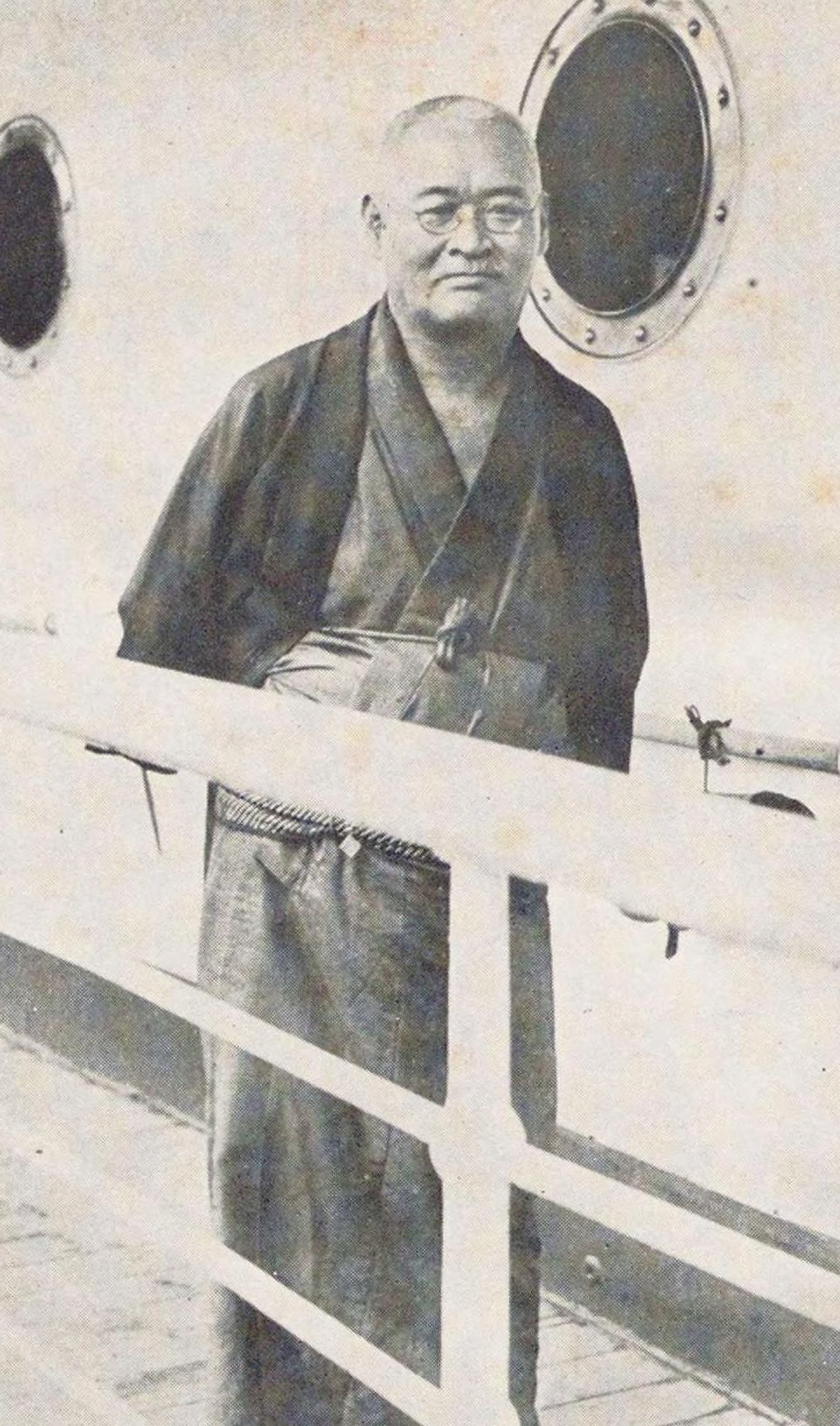
- HOME
- List of Names
- TAYAMA Katai

